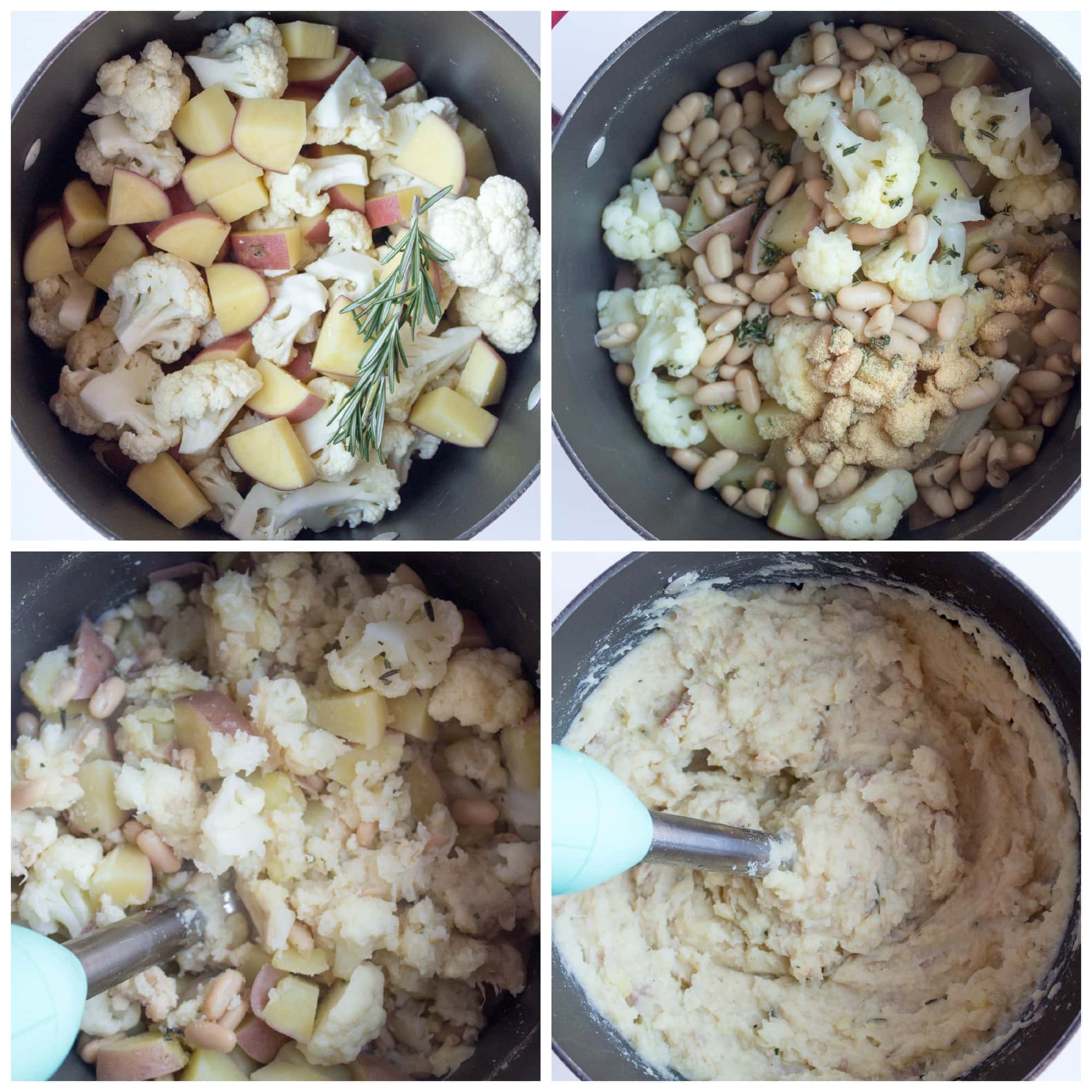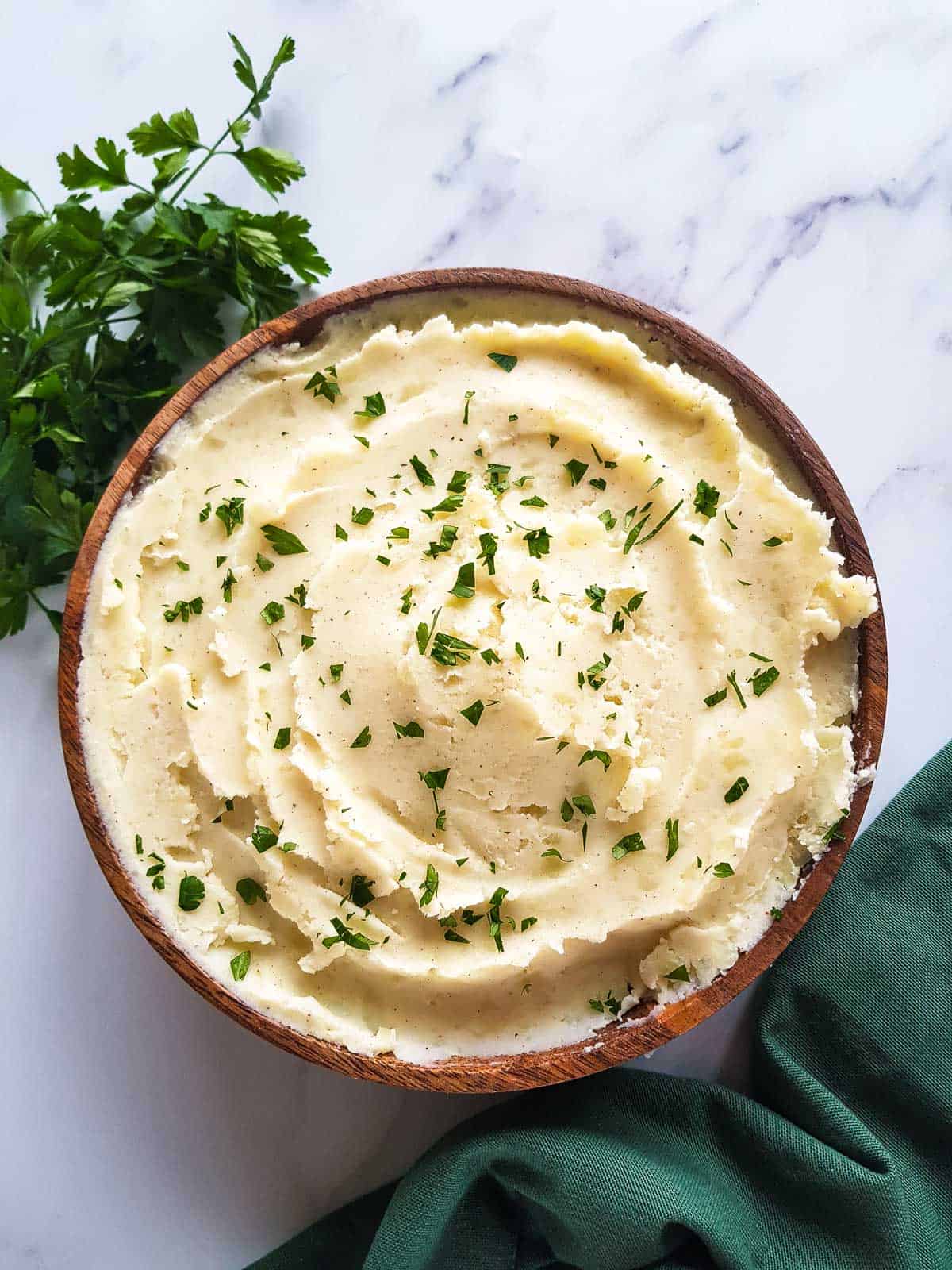Are Instant Mashed Potatoes Healthy? The Surprising Truth You Need To Know
Let’s be real here, folks. Instant mashed potatoes have been a kitchen staple for decades, but are they actually healthy? You grab that box, add hot water or milk, and voila—dinner’s ready in minutes. Sounds like a dream, right? But as we dive deeper into this topic, you might be surprised by what we uncover. So, buckle up, because we’re about to break it down for you in a way that’s both easy to digest and super informative.
Nowadays, people are more conscious than ever about what they put on their plates. With so many health trends floating around, it’s hard to know what’s actually good for you. Instant mashed potatoes, with their convenience and nostalgic appeal, seem like a no-brainer. But are they really as wholesome as they appear? That’s the million-dollar question we’re tackling today.
This article isn’t just another list of pros and cons. We’re going to dig deep into the science behind instant mashed potatoes, explore their nutritional value, and give you the tools to decide if they belong in your pantry. So, whether you’re a die-hard fan or a skeptical shopper, stick around because this is gonna be good!
Read also:Kristin Clark Komo Husband The Inside Story You Didnt Know
What Are Instant Mashed Potatoes Exactly?
Before we dive into the health debate, let’s take a step back and talk about what instant mashed potatoes actually are. Essentially, they’re dehydrated potato flakes or granules that have been pre-cooked, mashed, and dried. When you add liquid, they rehydrate and resemble regular mashed potatoes. Sounds simple enough, but there’s more to the story than meets the eye.
Manufacturers often add extra ingredients to enhance flavor and texture, which can include salt, preservatives, and even artificial flavors. This is where things start to get interesting—and sometimes concerning. But don’t worry, we’ll break it all down for you in the next sections.
Why Do People Love Instant Mashed Potatoes?
Let’s face it, instant mashed potatoes are incredibly convenient. They save time, effort, and space in your kitchen. Plus, they’re pretty darn tasty when prepared correctly. Here are a few reasons why so many people swear by them:
- Quick and Easy to Prepare
- Consistent Texture and Flavor
- Perfect for Large Gatherings
- Affordable and Shelf-Stable
But here’s the catch: while they’re convenient, are they doing your body any favors? Let’s find out.
Are Instant Mashed Potatoes Healthy? The Nutritional Breakdown
When it comes to health, the answer isn’t black and white. Instant mashed potatoes can be part of a balanced diet, but it depends on how they’re made and how you prepare them. Here’s a closer look at the nutritional profile:
Calories: Instant mashed potatoes are relatively low in calories, depending on the brand and serving size. A typical serving contains around 110-150 calories.
Read also:Neil Frances In Los Angeles The Rising Star Of Indie Pop Taking The City By Storm
Carbohydrates: Potatoes are naturally high in carbs, which provide energy. However, the processing can affect the quality of those carbs.
Fiber: Unfortunately, most instant mashed potatoes lack fiber because the skins are removed during processing. Fiber is essential for digestion and maintaining a healthy gut.
Sodium: This is where things can get tricky. Many brands add extra salt to enhance flavor, which can lead to high sodium levels. Excessive sodium intake has been linked to high blood pressure and other health issues.
What About Vitamins and Minerals?
Despite the processing, instant mashed potatoes still contain some vitamins and minerals, such as potassium and vitamin C. However, the levels are generally lower compared to fresh potatoes. Some brands fortify their products with additional nutrients, so it’s worth checking the label.
Instant Mashed Potatoes vs. Regular Mashed Potatoes
Now that we’ve covered the basics, let’s compare instant mashed potatoes to their homemade counterpart. Here’s how they stack up:
- Flavor: Homemade mashed potatoes tend to have a richer, more natural taste. Instant versions can sometimes feel a little bland or overly processed.
- Nutrition: Fresh potatoes retain more nutrients, especially if you leave the skins on. Instant varieties often lose some of these benefits during processing.
- Preparation: While homemade mashed potatoes require more effort, they give you full control over the ingredients. With instant options, you’re at the mercy of the manufacturer.
Ultimately, the choice comes down to your priorities. If convenience is key, instant mashed potatoes might be the way to go. But if you’re looking for maximum nutrition, homemade is the better option.
How to Make Instant Mashed Potatoes Healthier
Don’t write off instant mashed potatoes just yet! There are ways to make them healthier without sacrificing flavor. Here are a few tips:
- Choose Low-Sodium Brands: Opt for varieties with less added salt to keep your sodium intake in check.
- Use Nutritious Add-Ins: Boost the nutritional value by mixing in vegetables like spinach, broccoli, or cauliflower.
- Swap Out Milk for Plant-Based Alternatives: Instead of using whole milk, try almond or oat milk for a lower-calorie option.
- Experiment with Herbs and Spices: Add flavor with herbs like rosemary or thyme instead of relying on extra salt.
By making these small adjustments, you can enjoy instant mashed potatoes without feeling guilty.
Common Myths About Instant Mashed Potatoes
There’s a lot of misinformation out there about instant mashed potatoes. Let’s debunk some of the most common myths:
- Myth #1: They’re Packed with Preservatives – While some brands do contain preservatives, not all of them do. Always read the label to know what you’re getting.
- Myth #2: They’re Loaded with Sugar – Most instant mashed potatoes don’t have added sugar, but it’s always a good idea to double-check.
- Myth #3: They’re Bad for You – Like we’ve discussed, they can be part of a healthy diet if consumed in moderation.
Now that we’ve cleared up some of the confusion, let’s move on to the science behind instant mashed potatoes.
The Science Behind Instant Mashed Potatoes
So, how exactly are instant mashed potatoes made? It’s a fascinating process that involves several steps:
- Cooking: Potatoes are boiled until soft.
- Mashing: The cooked potatoes are mashed and mixed with other ingredients.
- Drying: The mixture is dried to remove moisture, leaving behind flakes or granules.
- Packaging: The final product is sealed in airtight packaging to preserve freshness.
While this process makes instant mashed potatoes shelf-stable, it can also strip away some of their natural nutrients. That’s why it’s important to choose brands that prioritize quality ingredients.
What Happens to the Nutrients During Processing?
During the dehydration process, some nutrients like vitamin C and certain B vitamins can be lost. However, the good news is that key minerals like potassium remain relatively intact. Manufacturers sometimes fortify their products to compensate for these losses, so it’s worth looking for fortified options if you’re concerned about nutrition.
Can Instant Mashed Potatoes Fit Into a Healthy Diet?
Yes, they absolutely can! The key is moderation and smart choices. Here’s how you can incorporate instant mashed potatoes into your diet:
- Pair Them with Protein: Add a side of grilled chicken or tofu to balance out the carbs.
- Make Them a Side Dish: Use them as a small portion of your overall meal rather than the main event.
- Experiment with Recipes: Get creative in the kitchen by combining instant mashed potatoes with other healthy ingredients.
Remember, no single food is inherently “good” or “bad.” It’s all about how you use it within the context of your overall diet.
Expert Opinions on Instant Mashed Potatoes
To give you a well-rounded perspective, we reached out to a few nutrition experts for their thoughts:
“Instant mashed potatoes can be a convenient option, but it’s important to choose brands that focus on quality ingredients. Look for products with minimal added salt and sugar, and consider adding your own fresh ingredients to boost the nutritional value.” – Dr. Sarah Johnson, Registered Dietitian
“While they’re not as nutritious as fresh potatoes, instant mashed potatoes can still be a part of a healthy diet when consumed in moderation. Just be mindful of portion sizes and how you prepare them.” – Chef Michael Carter, Culinary Nutritionist
These insights highlight the importance of making informed choices when it comes to instant mashed potatoes.
Conclusion: Are Instant Mashed Potatoes Healthy?
Let’s recap what we’ve learned. Instant mashed potatoes can be a convenient and tasty option, but their nutritional value depends on several factors:
- The brand and ingredients used
- How you prepare them
- The context of your overall diet
While they’re not as nutritious as fresh potatoes, they can still fit into a healthy eating plan if consumed in moderation and paired with other wholesome foods.
So, what’s next? We encourage you to explore different brands, experiment with recipes, and make choices that align with your health goals. And don’t forget to share your thoughts in the comments below—we’d love to hear from you!
Table of Contents:
- What Are Instant Mashed Potatoes Exactly?
- Why Do People Love Instant Mashed Potatoes?
- Are Instant Mashed Potatoes Healthy? The Nutritional Breakdown
- Instant Mashed Potatoes vs. Regular Mashed Potatoes
- How to Make Instant Mashed Potatoes Healthier
- Common Myths About Instant Mashed Potatoes
- The Science Behind Instant Mashed Potatoes
- Can Instant Mashed Potatoes Fit Into a Healthy Diet?
- Expert Opinions on Instant Mashed Potatoes
- Conclusion: Are Instant Mashed Potatoes Healthy?
Article Recommendations


